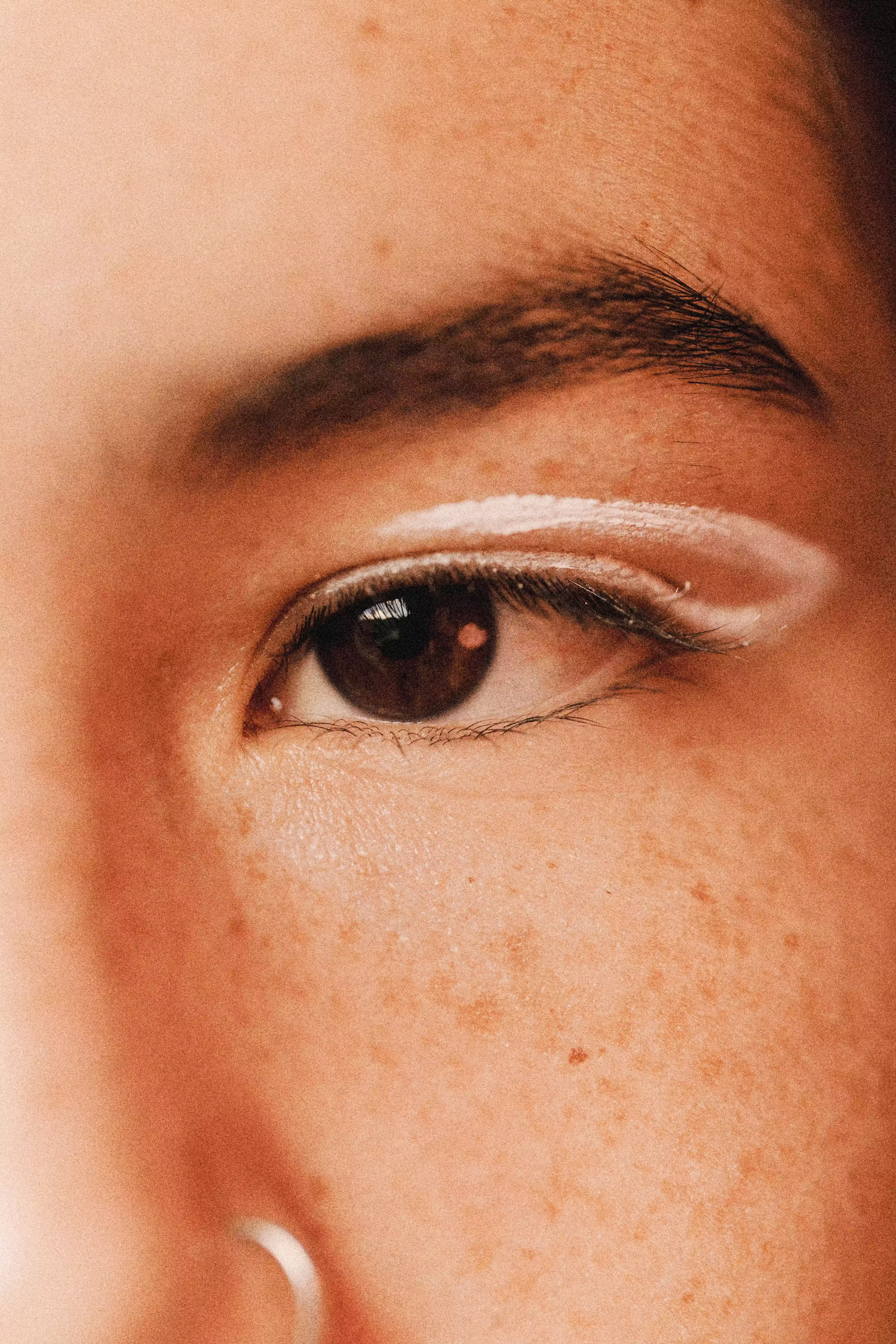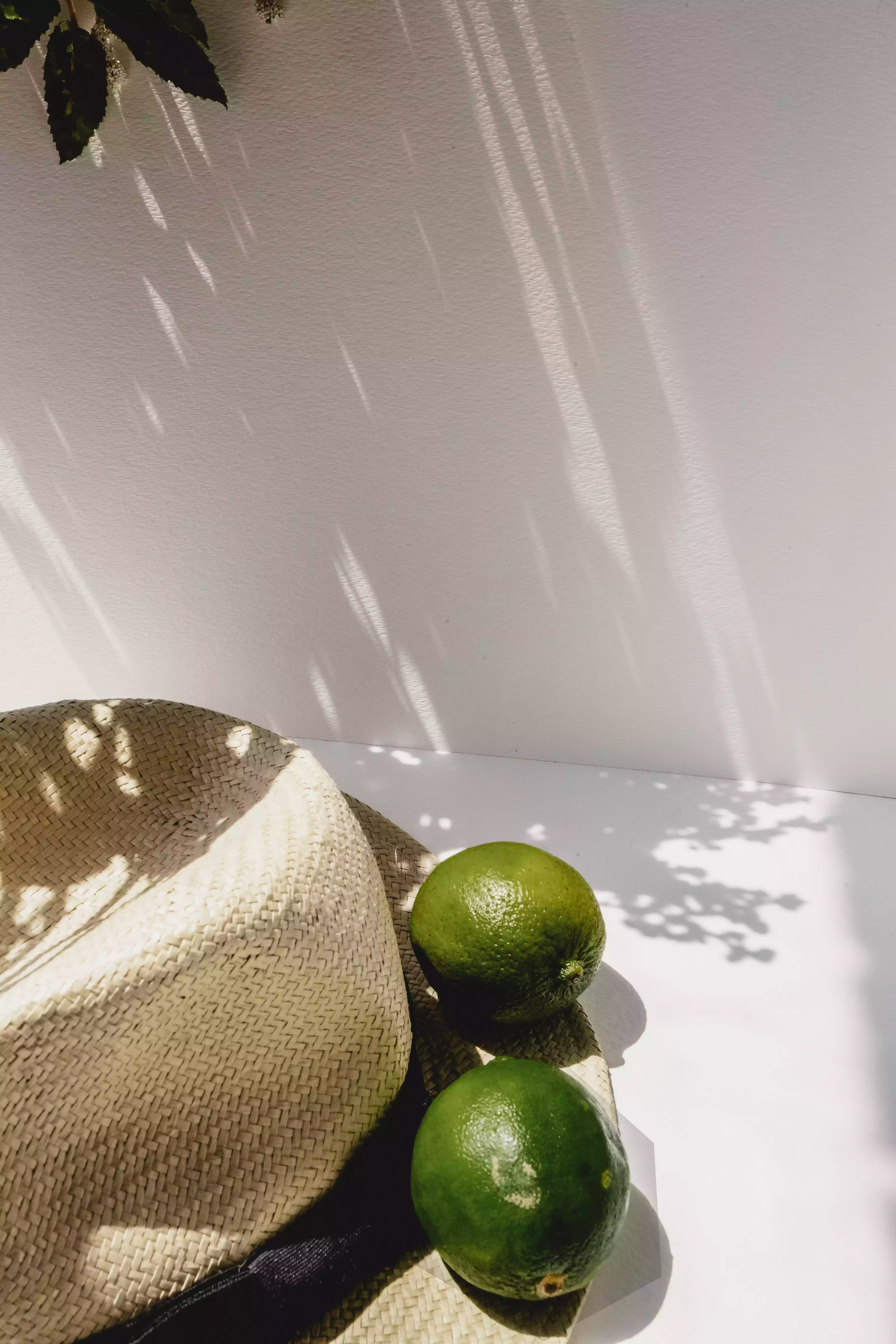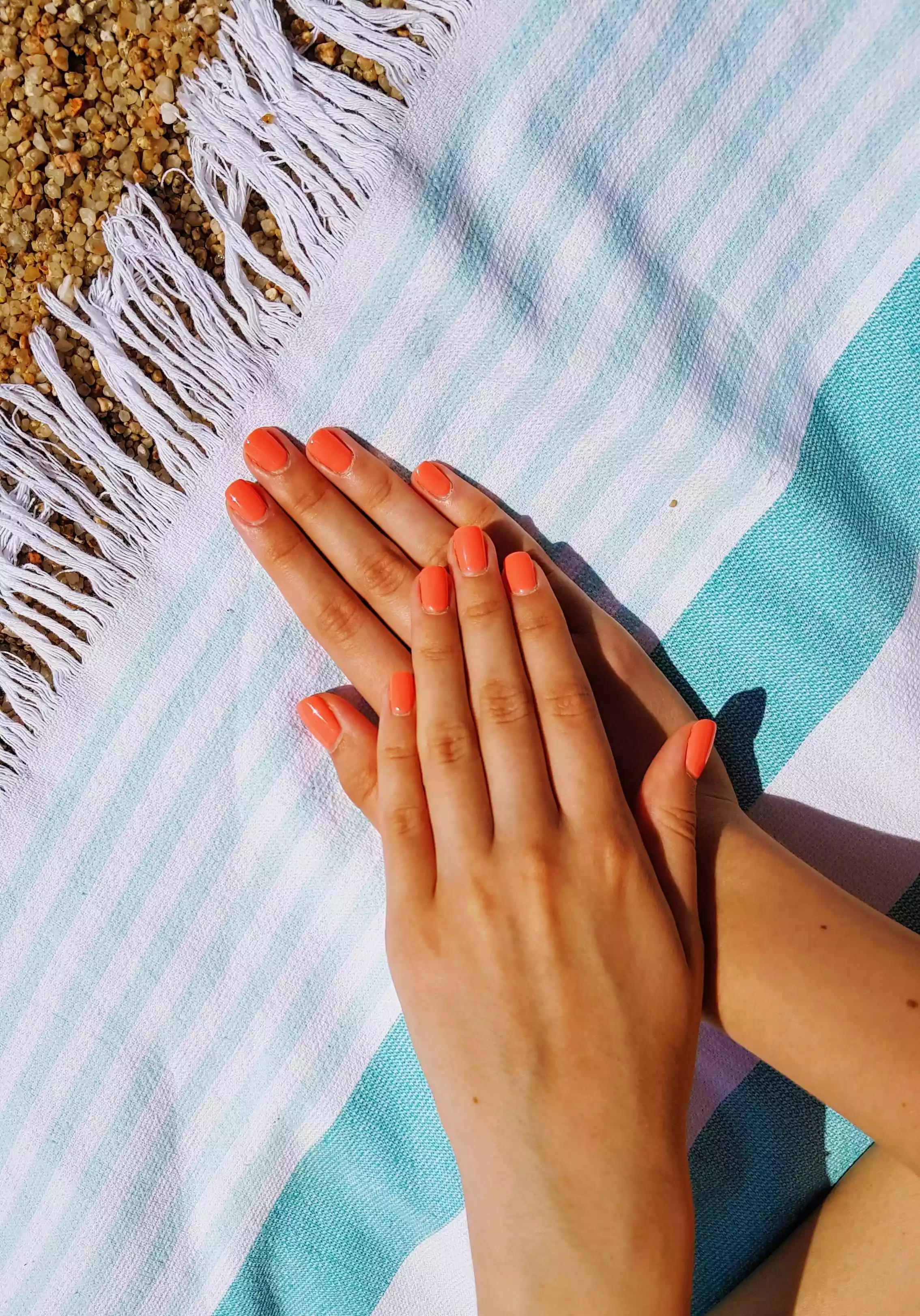Unexplained White Spots on Your Skin Could Be Caused by Aging
Many of us take great pains to make sure our skin is clear and pristine. (At Byrdie HQ, we’ve got the robust skincare regimens to prove it.) So, anytime something out of the ordinary pops up that we don’t automatically know how to deal with, things can reach panic mode pretty quickly. For example, age spots. We’re not just talking about dark sunspots; we’ve got a pretty good handle on those. We’re talking little white spots, which can look a bit like confetti or white freckles. “It is a little-known fact that sun damage causes not only brown spots but also white spots,” says Anna Guanche, MD. “I liken them to ‘gray hairs’ in the skin.” More than likely, these are a result of a harmless condition called idiopathic guttate hypomelanosis (IGH).
What Is IGH?
A benign skin condition characterized by flat white spots on the arms and legs that are round or oval in shape. They are caused by localized loss of skin pigmentation.
Unfortunately, doctors don’t have a straightforward answer for what causes IGH; in fact, the term idiopathic means the cause is unknown. The most likely culprits? “Sun and UV exposure are thought to be predisposing factors as is advancing age,” says dermatologist Marla Diakow, MD. IGH may be an inevitable part of the natural aging process, as the skin loses pigment through a gradual reduction in melanocytes, much like hair loses color as we get older and turns gray or white.1 It most commonly affects women in their 40s and older, but both men and women can develop it earlier in life, too. “The incidence of IGH increases with age, and it affects the majority of the population over age 70,” Diakow says, adding that other theories indicate trauma or genetic factors may play a role in its development. Like most conditions, you may be more susceptible to acquiring IGH if it runs in your family.
Step Up the Sun Protection

If you’ve been a sun-worshipper your whole life, you’re also more likely to get IGH than those who stay out of the sun or are very diligent about wearing sunscreen.1 But definitely don’t assume any unexplained white spots are IGH, and visit your dermatologist ASAP to rule out other conditions that have similar characteristics.
If it turns out to be IGH, your derm will definitely advise you to get better about sun protection. “The use of broad-spectrum sunscreens and photo-protective clothing are recommended for prevention [of IGH],” Diakow says.
Get a Chemical Peel
“Once spots have formed, there are no universally effective treatments,” Diakow says. Don’t let that discourage you too much; she adds that “several modalities have been reported with limited success, including cryotherapy, intralesional steroid injections, topical retinoids, chemical peels, and lasers.”
Unfortunately, chemical peels and some of the other treatments listed above can cause post-inflammatory hyperpigmentation, so it’s crucial that you consult your dermatologist first to determine what solution will work best for you.
Explore Laser Treatments

Similarly, laser treatments can provide results for some complexions, though it’s not guaranteed. “For fairer skin types with sun damage and freckling [or] brown spots, photo facials or laser treatments to remove the surrounding excess pigmentation can make the white spots look less noticeable, due to less contrast,” says Guanche.
Be Cautious with At-Home Remedies

It’s essential that you exercise caution with any at-home remedies, including topical application of fresh ginger, cabbage juice, or lime juice and eating antioxidant-rich figs and walnuts. “There are no large-scale scientific studies showing that any of these ingredients are effective treatments. In particular, patients should avoid putting many of these, especially lime juice, on any sun-exposed areas of the skin to prevent worsening of pigmentation and irritation of the skin.”
Apply a Retinoid

Topical retinoids can be an effective way to treat (or prevent) white spots from the comfort of home, according to Diakow. According to a 2017 review, retinoids increase cell turnover, which can minimize the appearance of pigmentation issues as well as other signs of aging such as fine lines.2
There are both over-the-counter and prescription retinol products that you can try depending on the severity of your white spots.
Understand What Else It Could Be
STEPHANE CARDINALE-CORBIS/GETTY IMAGES
“Other possible causes of white spots on the skin include fungal infection, autoimmune conditions, and post-inflammatory hypopigmentation,” Diakow says. Though unrelated to IGH, some common issues that are also associated with white spots include the following:
- Vitiligo: Loss of color in patches of skin
- Pityriasis alba: Scaly patches of light pink or red skin, most common in children and young adults, and associated with eczema
- Tinea versicolor: A fungal infection that results in patches of lighter or darker skin
Monitor the Spots

It’s likely that no extreme measures need to be taken to treat IGH since the spots are benign. However, if they have any associated symptoms, such as itching or pain, if they are growing or spreading, or if they are raised and flaky, then Diakow recommends making an appointment with a dermatologist. “Light areas of skin on the face, back, or abdomen, and in a younger patient would be less likely to be IGH,” she says.
Get a Diagnosis
While white spots are not typically cause for alarm, there are times when a professional opinion may be required. For example, Guanche says, “If white macules or spots are developing in non-sun-exposed areas, it would be important to be seen and get a definitive diagnosis.” You want to ensure that they aren’t a sign of something more serious. If a dermatologist does conclude that the spots aren’t dangerous (but they still bother you), you can have them filled in by a tattoo artist that specializes in skin pigment matching.
The bottom line: White age spots on your skin are probably not any more concerning than your typical sunspots, get to a dermatologist to make absolutely sure. And don’t forget to slather on some sunscreen before you head out.








